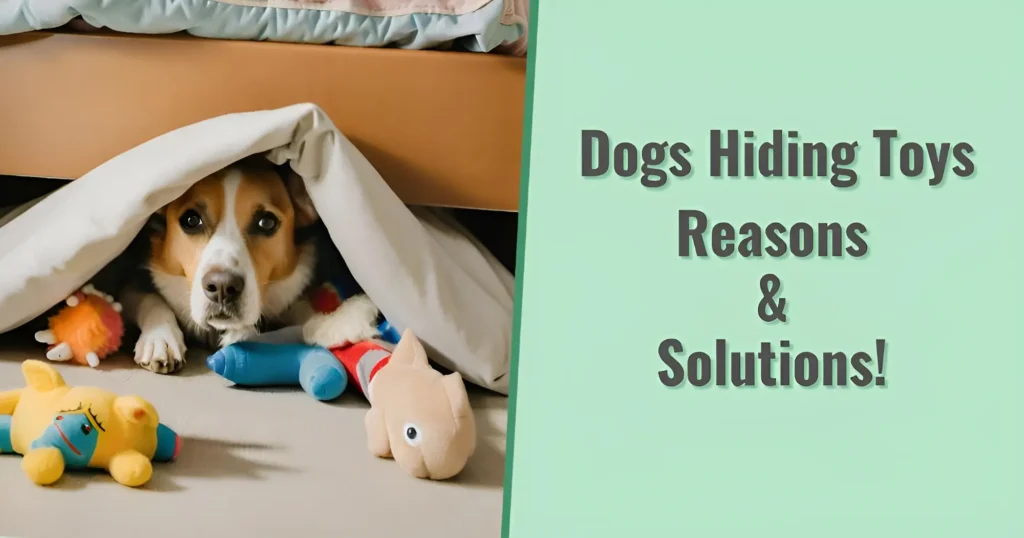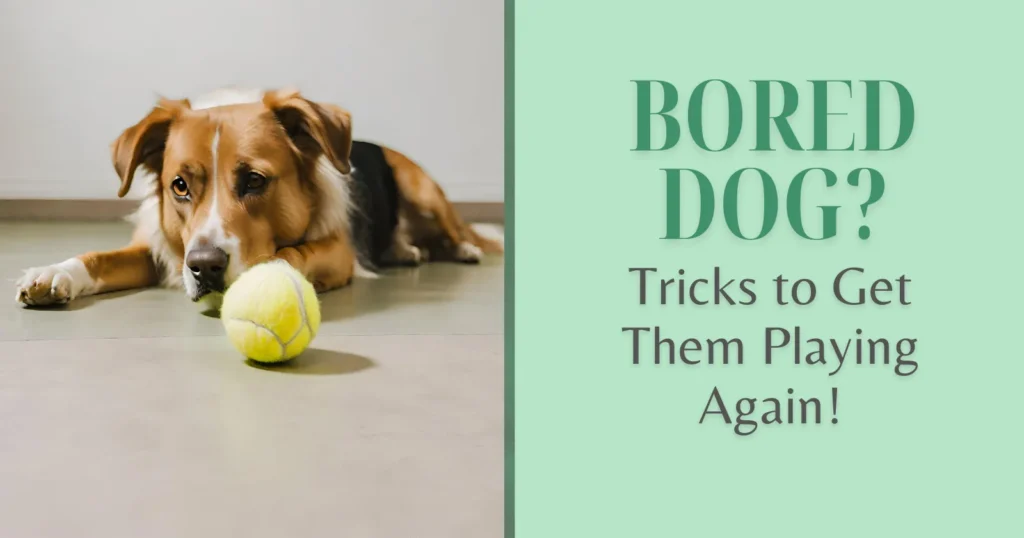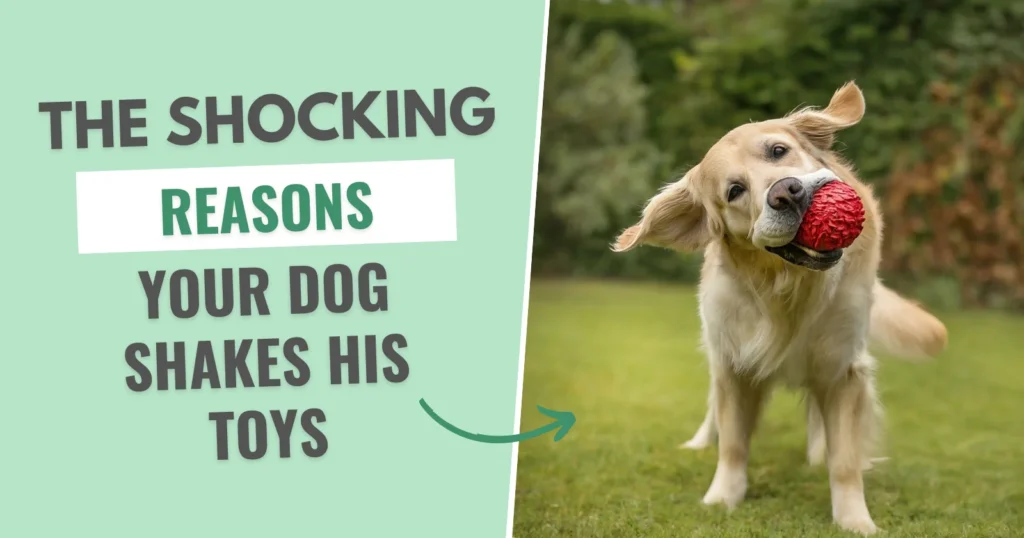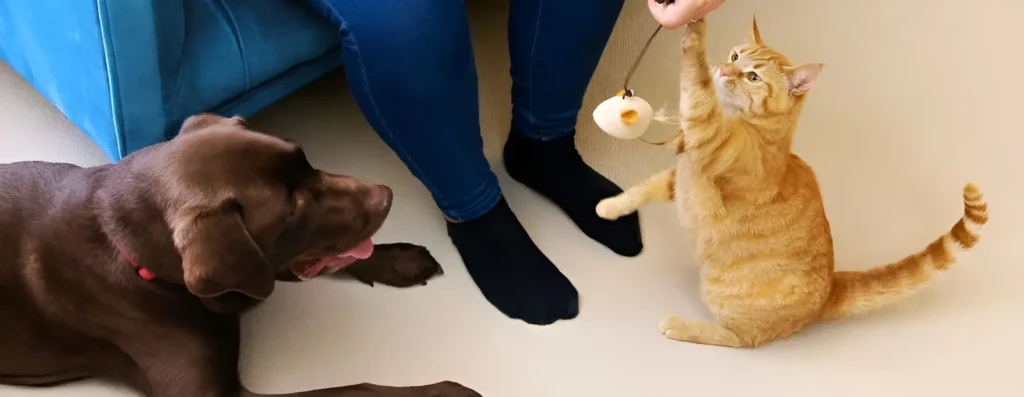

As a pet parent, I’ve spent years observing and analyzing canine behaviors, often delving into peculiarities posed by our readers; one recurring theme has been: “Why does my dog like cat toys?” This question piques our curiosity and sheds light on the varied nature of our canine friends’ play preferences. Today, we dive deep into this amusing process, combining scientific insights and personal experiences to provide you with a comprehensive understanding.
They range from the temptation of what is forbidden to finding something intriguing that catches their eye and simply enjoying the sounds that come from those cat toys.
Four Reasons Why Your Dog Prefers Cat Toys
1- The Lure of the Forbidden
The Allure of Originality
Dogs, much like humans, are drawn to originality. The allure of something new and unusual can be incredibly enticing, including toys designed for their feline counterparts. A dog’s first encounter with a cat toy often stems from curiosity—a desire to explore the unknown. This novelty factor, combined with the unique smells, textures, and sounds of cat toys, can turn these items into coveted treasures in your pooch’s eyes.
A Forbidden Pleasure?
Pet owners on various social media platforms share a common theme: the allure of the forbidden. Cat toys, often kept away or designated for the feline member of the household, can represent a forbidden pleasure to dogs. This forbidden fruit effect increases the cat toy’s desirability, making the pursuit and play even more thrilling for dogs. After all, our furry friends share some human-like traits, and reaching for what they can’t have is most definitely one of the traits they carry.
2. Size and Texture: A Perfect Combo
The Appeal of Smaller Toys
Dogs are naturally attracted to objects that they can easily manipulate with their mouths and paws. Cat toys, typically smaller and lighter than dog toys, offer a unique tactile experience. They can be easily bitten, carried, and tossed, providing a sense of satisfaction and control during play. Personal experiences shared on social media by various pet parents highlight how smaller toys can also stimulate a dog’s predatory instincts, allowing for a more engaging and rewarding playtime.
So, it is, in fact, the breed-specific prey drive that draws them towards cat toys.
Textures That Trigger Instincts


The variety of textures found in cat toys—ranging from soft plush materials to crinkly fabrics—can be particularly appealing to dogs. These textures can mimic the feel of prey, triggering a dog’s natural hunting instincts. A fascinating story shared on a pet forum described a dog’s obsession with a crinkly cat toy that resembled the sound of small animals moving through the grass, showcasing how these toys can catch a dog’s interest on a primal level. Different toys can spark interests of different dog breeds, let your pooch decide what type of toy catches their interest.
3. The Sound of Enchantment (High-Pitched Noises)
Many cat toys are designed to emit high-pitched sounds, mimicking the noises of small prey animals. These sounds can activate a dog’s prey drive, making the toy irresistible. With their acute hearing, dogs are naturally attracted to these sounds, which can explain their fascination with toys that squeak or chirp in a pitch similar to rodents or birds.
4. Interactive Bonding (Shared Playtime Moments)
Beyond the allure of the toys themselves, dogs often seek the interaction and attention that come with playing with cat toys. From personal experience, I can underline the importance of shared playtime in strengthening the bond between pets and their owners. Dogs may associate cat toys with positive, attention-rich interaction. This association creates positive reinforcement, which further increases their attraction to these items.
Embrace the Playfulness
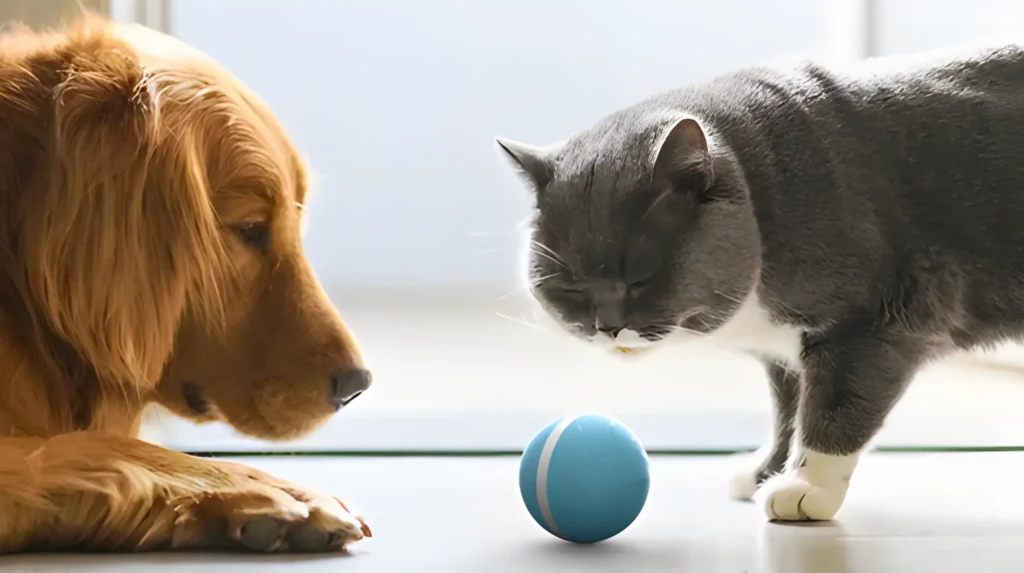

Understanding why dogs are drawn to cat toys illuminates the complexity of canine behavior and preferences. Whether it’s the originality, the size and texture, the enticing sounds, or the opportunity for interaction, it’s clear that dogs see beyond the label of “cat toy.” As pet owners, recognizing and embracing this playfulness can lead to a more enriching and joyful life with our furry companions. So, the next time you catch your pooch sneaking off with a cat toy, remember that it’s all part of their adventurous spirit exploring the world in their unique way.
How do I get my dog to stop playing with cat toys?
Manage the toys
Set a Playtime: Separate playing time with your dog and cat if you’re a parent to both. Separate your cat’s toys from that of your dogs and put them away once your cat has finished with playing with them. This will set boundaries for your dog and reduces their temptation to play with them.
Let your dog choose toys: When your dog chooses their toys themselves, they pick out the ones that stimulate them the most. Each dog has individual preferences, same as humans, therefore they will pick what stimulates them, is appropriate for them chewing mannerism and what keeps them occupied. As a result they are always engaged with their play pals.
Store cat toys separately: Keeping your cat’s toys away from your dog is the most easy way to separate the two. Storing them in cabinet, closed toy bins or higher shelves will keep your pooch’s paws off of them.
Training and redirection
Teaching them commands: Teach your dog the commands “leave it” or “drop it” using positive reinforcement. Make sure to praise them when they play with their own toys to encourage the behavior and for them to make positive associations with it.
Address underlying issues
Boredom: Ensure that your dog gets plenty of attention, exercise and mental stimulation. Daily walks and training sessions will help ensure they are burning off energy and remain occupied as well as mentally stimulated.
High prey-drive: Breeds with strong prey drives might be more intrigued by cat toys because of their movement, to cope with such dogs, I recommend you seek professional help to learn how to manage their natural instincts.
Take notice of your cat’s comfort
Provide your cat with a safe space: Ensure that your cat has space away from your dog, preferably higher spaces where they can retreat in case they feel overwhelmed in the presence of your dog.
Remember that you, as a pet parent, need to be understanding as well as patient. You can always resort to professional help if the problem persists.



